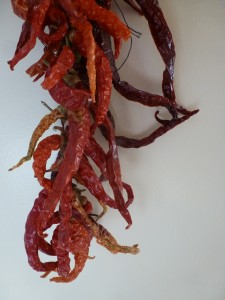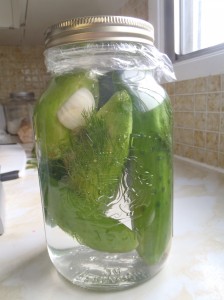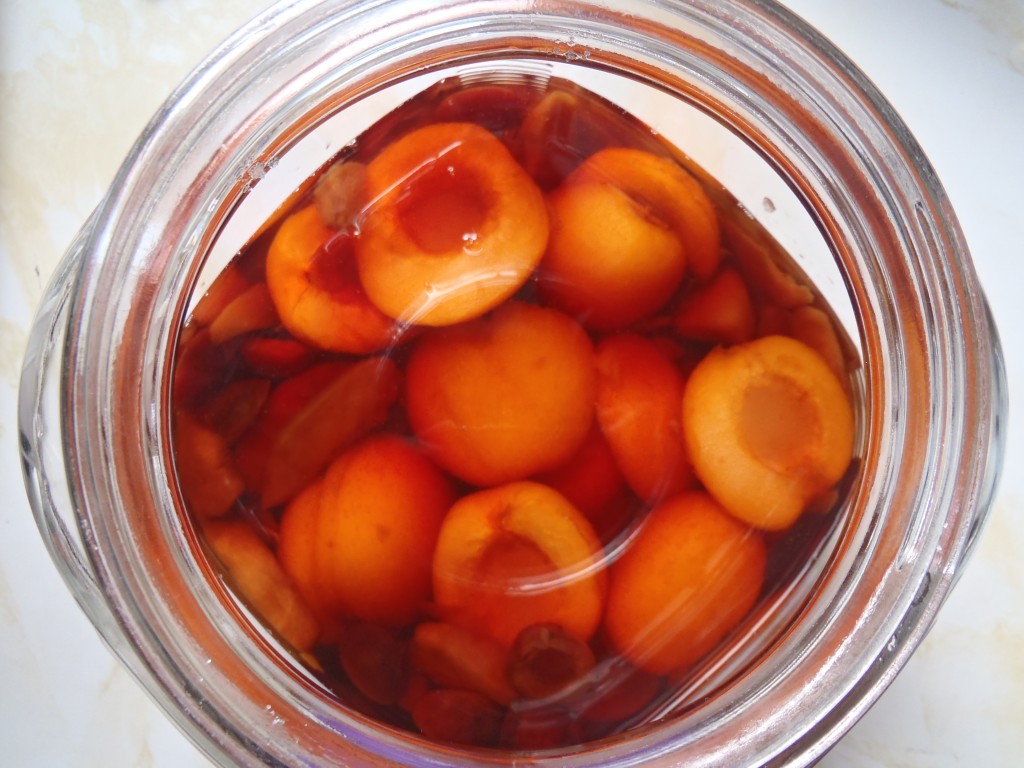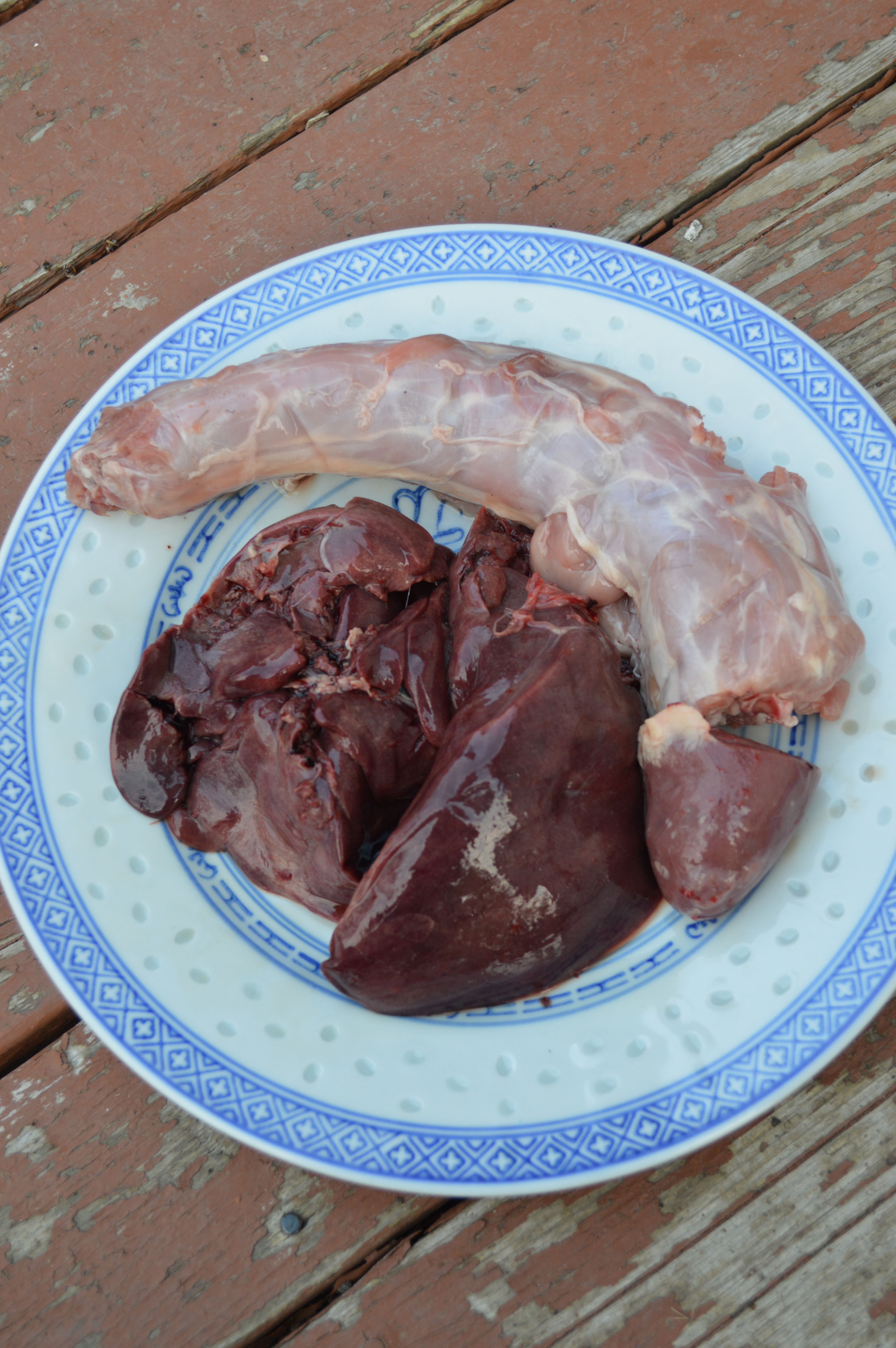 We didn’t eat spicy food when I was growing up. Not at all.
We didn’t eat spicy food when I was growing up. Not at all.
I didn’t learn to appreciate spicy food until I was in my early twenties, and it was at an Italian restaurant, of all places. I patronized Mercato in Calgary throughout high school, then later I had the opportunity to work in their kitchen. They make food from all over Italy, but the owners are Calabrian, and there’s always a few pastas on the menu made by infusing olive oil with garlic and hot chili flakes. I remember the first time that I realized how effective a little heat can be. It wakes up your mouth, and it elongates the sensation of the dish, as your mouth is … Continue reading.



